Our roads are a chaotic mix of cars, cyclists, and pedestrians, and unfortunately, not every driver makes safety their priority. There are careless habits and seriously risky behaviours that put everyone at risk, including these 19 things drivers do that turn the roads into a more hazardous place.
Driving Too Close to Cyclists
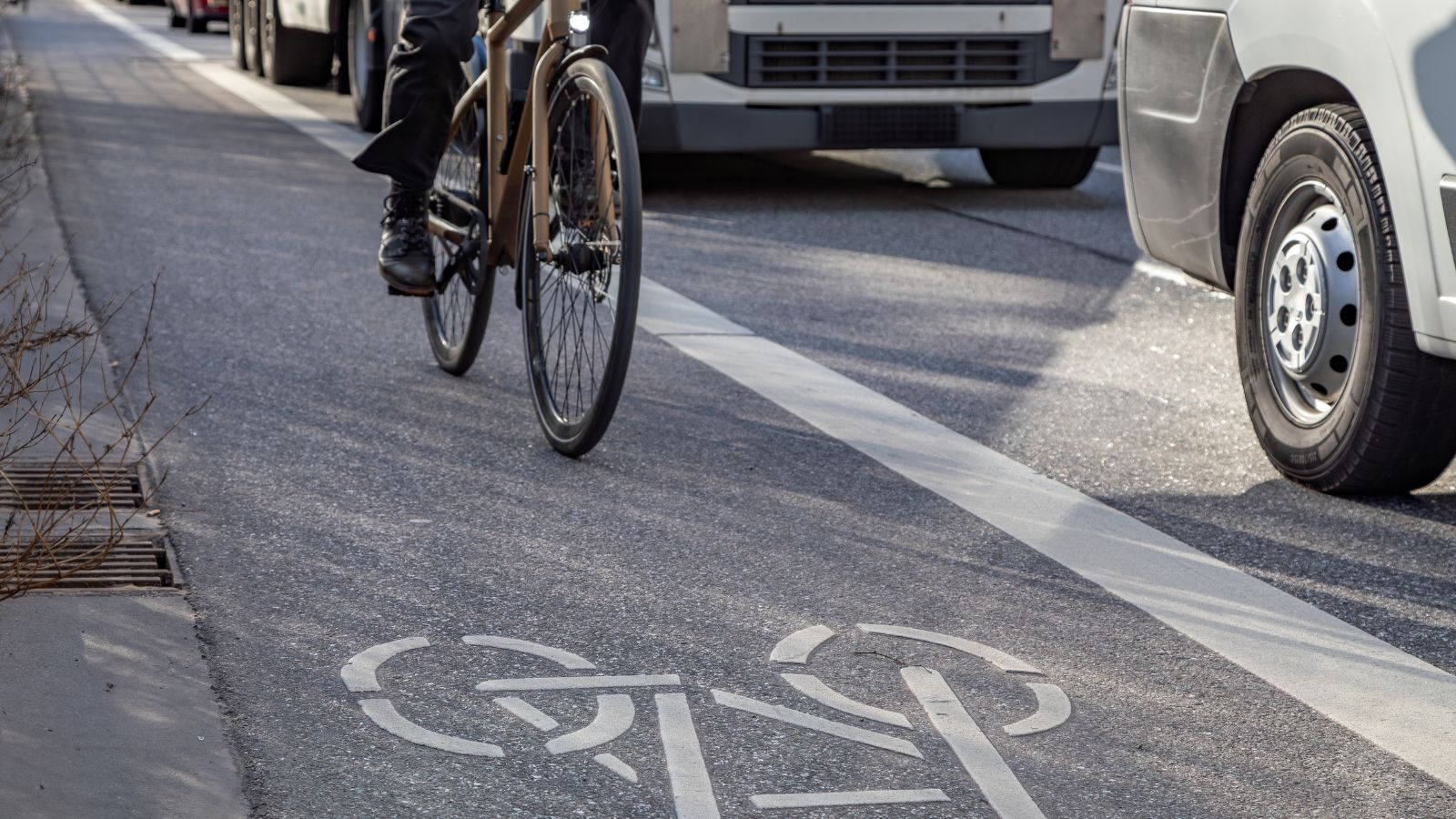
Sharing the road with cyclists is a daily reality for UK drivers, but not everyone handles it responsibly, with some passing far too close. The law recommends giving cyclists at least 1.5 metres of space when overtaking, but in practice, many drivers seem to ignore this guideline, forcing cyclists into dangerous swerves or off the road entirely.
They Speed Through Residential Areas
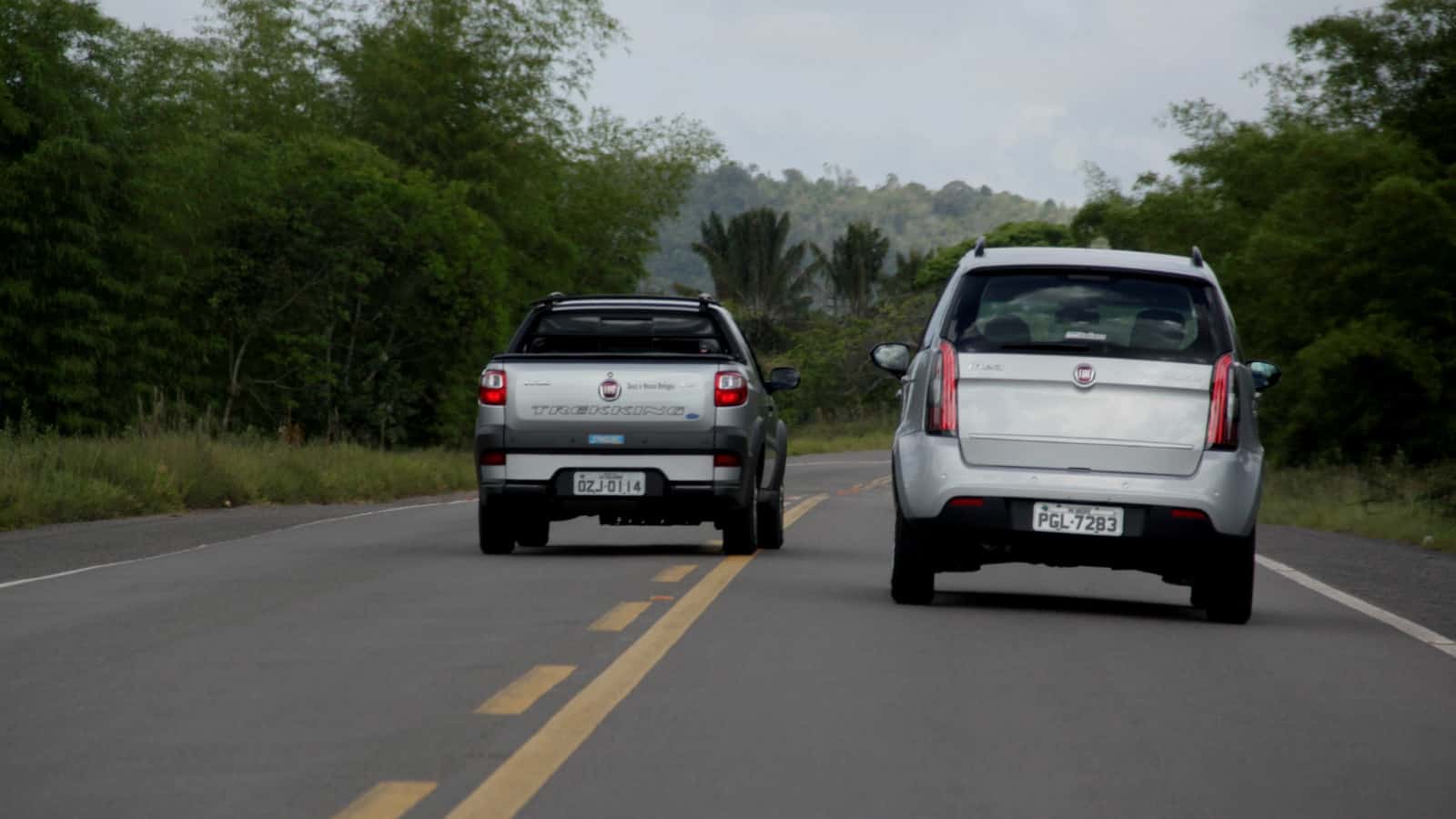
Residential streets aren’t racetracks, yet too many drivers treat them as if they are. These areas are often home to children playing, pedestrians crossing, and pets darting out unexpectedly, making them some of the riskiest places to speed.
Indicators Aren’t Used Properly
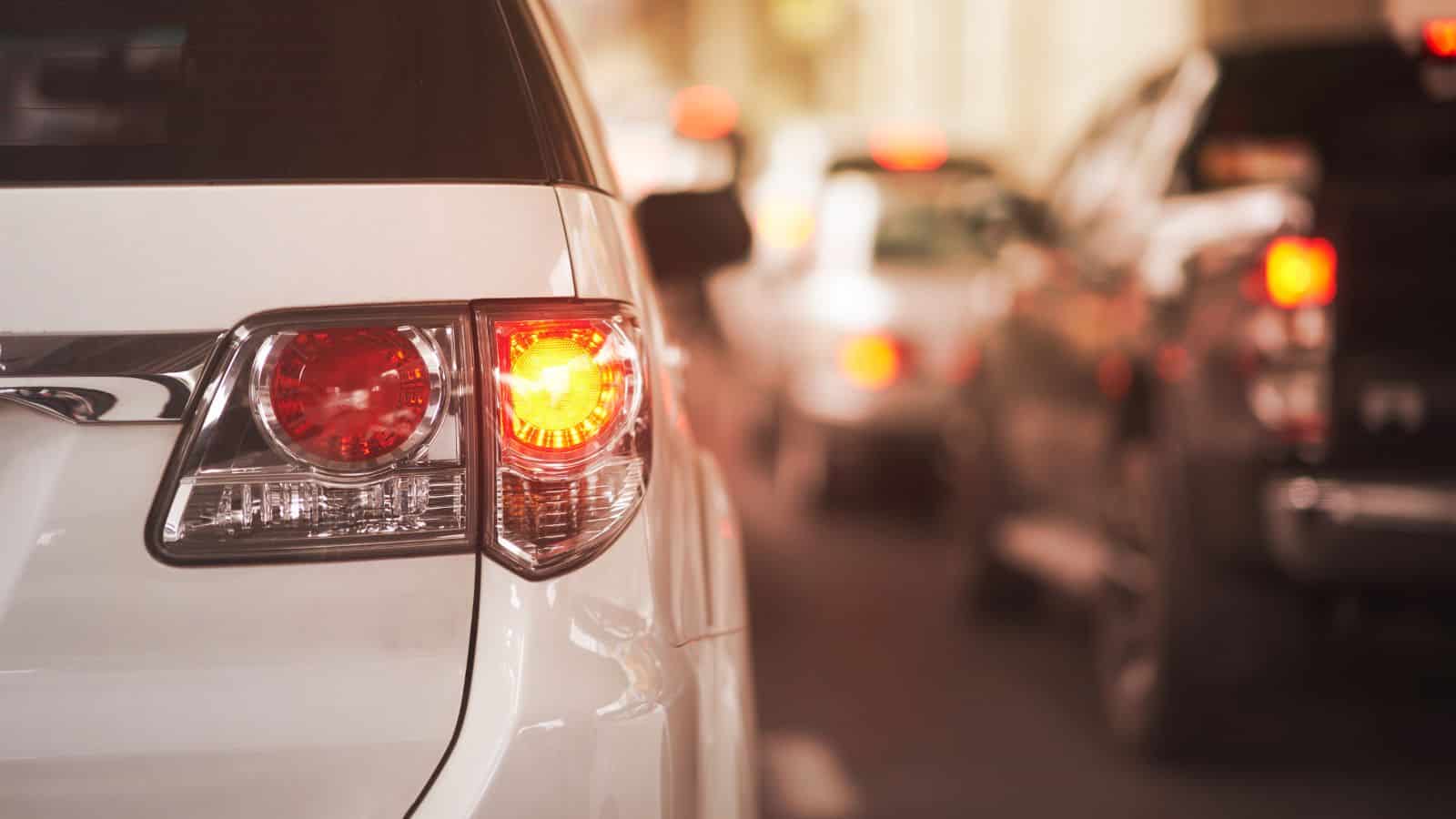
Properly indicating takes just a second, but it can prevent so many unnecessary misunderstandings and dangers—a basic courtesy that keeps everyone safer. Indicators are one of the simplest tools for communicating on the road, yet so many behind the wheel seem to forget to use them.
Hogging the Middle Lane
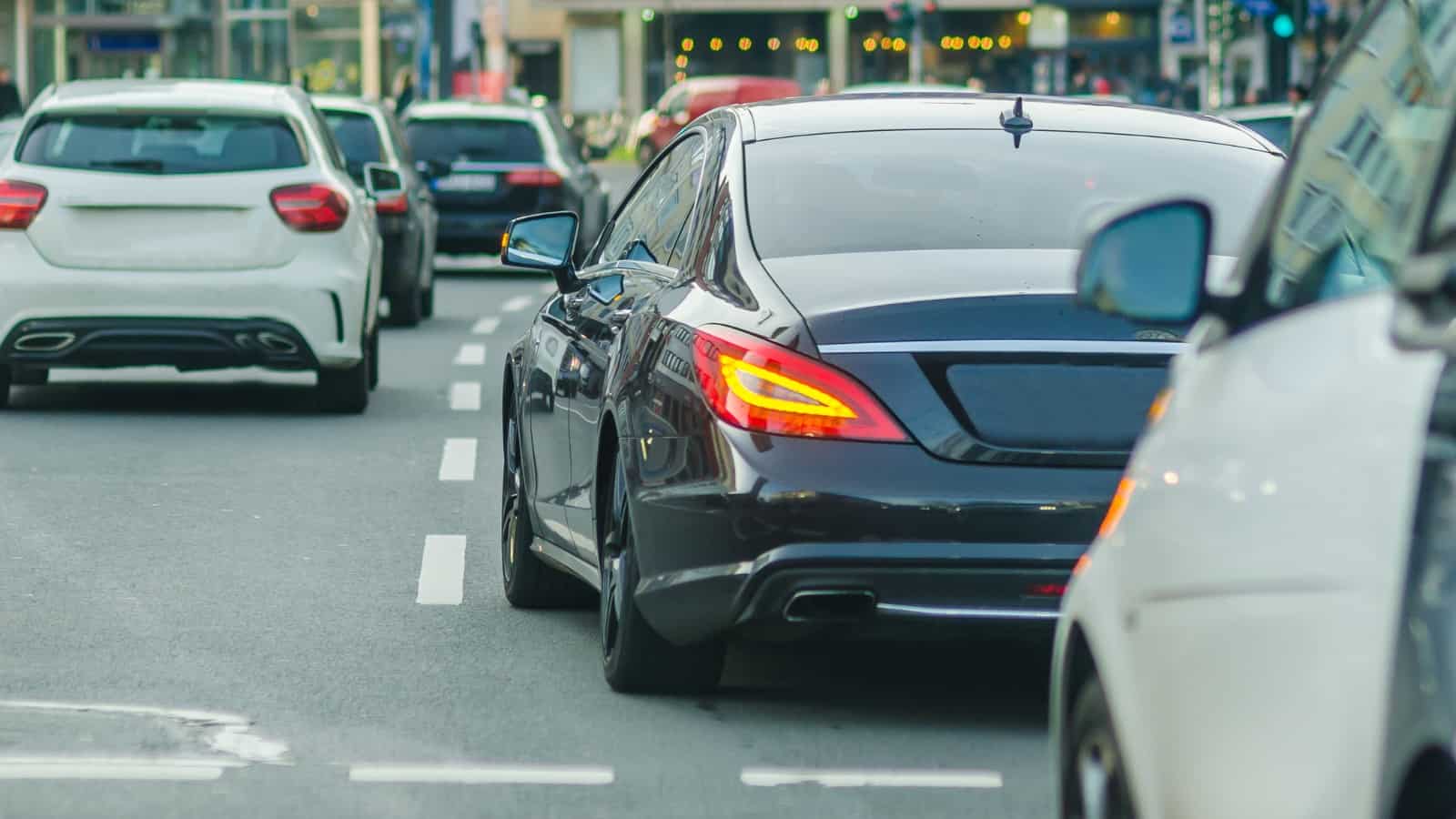
The middle lane of the motorway seems to be a magnet for drivers who don’t feel like moving over, meaning other drivers are forced to undertake on the left.
This increases the risk of collisions and contributes to road rage, while in the UK, the rules are clear: stay in the left lane unless overtaking.
Amber Lights Are Treated as Green
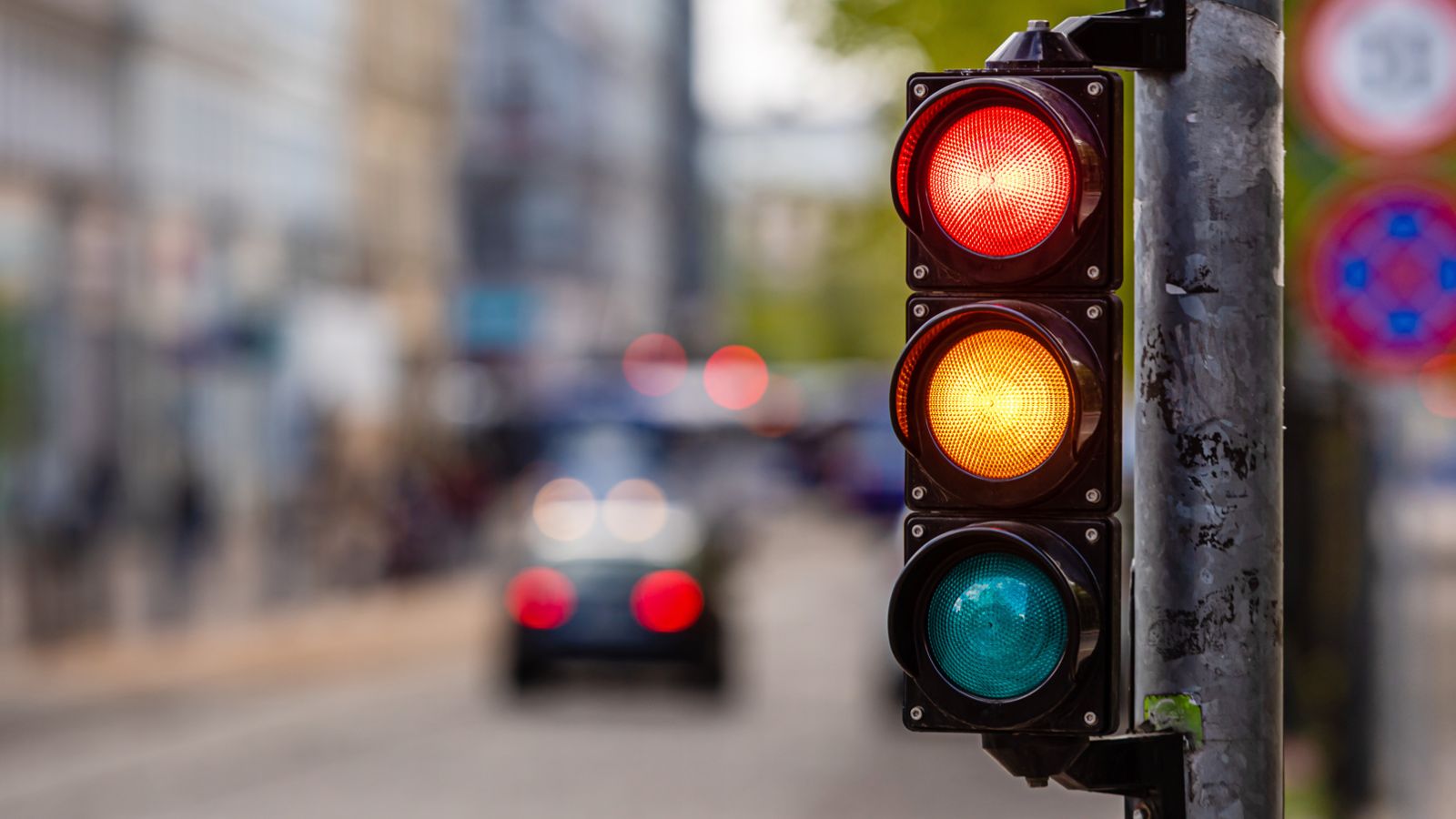
When the traffic light turns amber, it’s a signal to prepare to stop, or prepare for the green light, not an invitation to accelerate, but unfortunately, many drivers treat amber as their last chance to make it through. They’ll often race across junctions at the very moment other drivers are preparing to move.
Using Phones at the Wheel
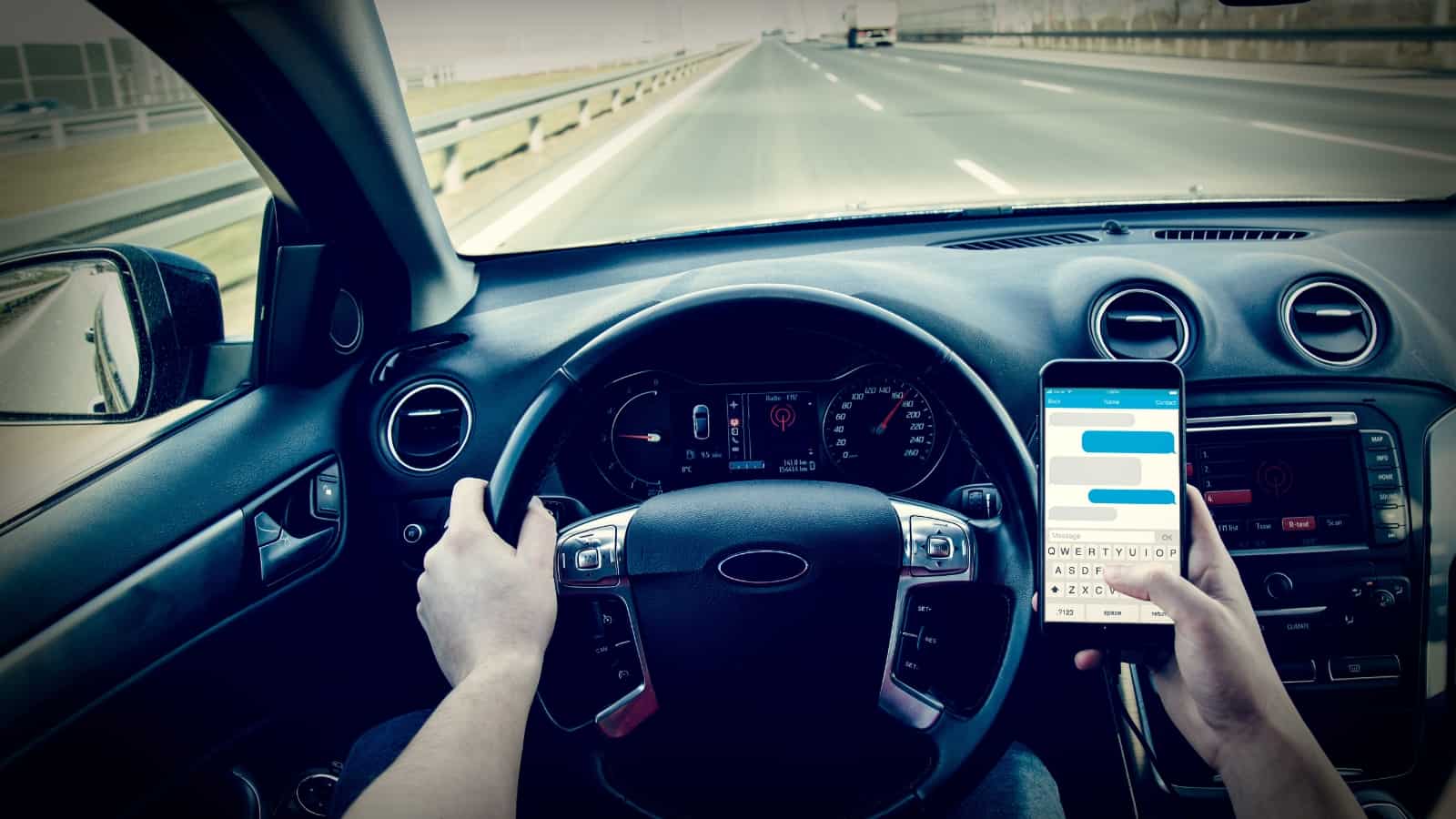
The temptation to check a message or glance at a notification while operating a vehicle can be strong, but it’s one of the most dangerous things you can do because taking your eyes off the road for even a couple of seconds dramatically increases the risk of a serious accident. While hands-free systems are a safer alternative, even they can be distracting.
They Overtake on Blind Bends
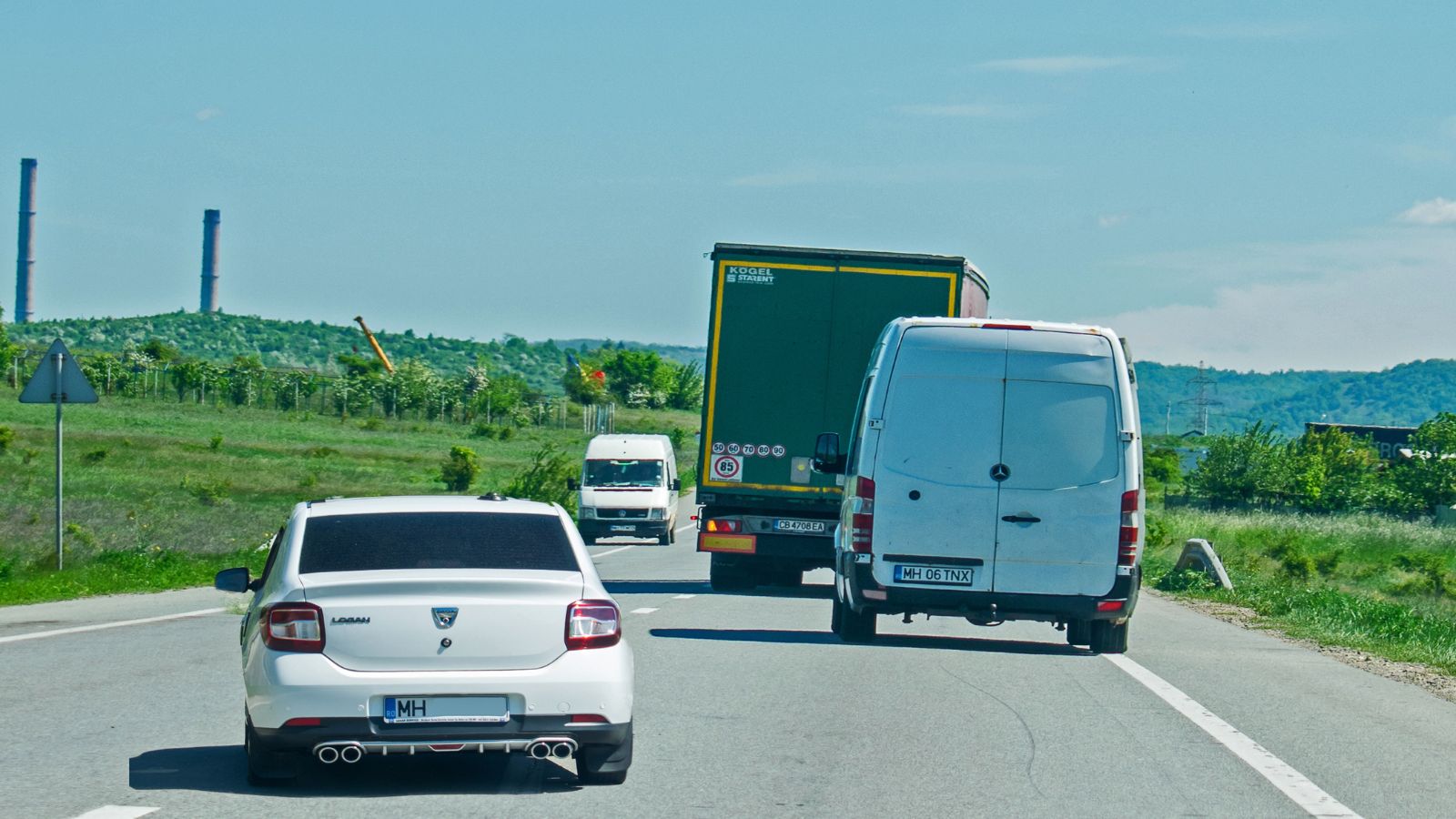
Waiting for a clear stretch of road might seem inconvenient, but it’s far better than risking a head-on collision. This is why overtaking on a blind bend is one of the most reckless and selfish behaviours a driver can engage in.
The limited visibility means you’re essentially gambling on whether there’s oncoming traffic—and the consequences of getting it wrong can be catastrophic.
Pedestrian Crossings are Ignored
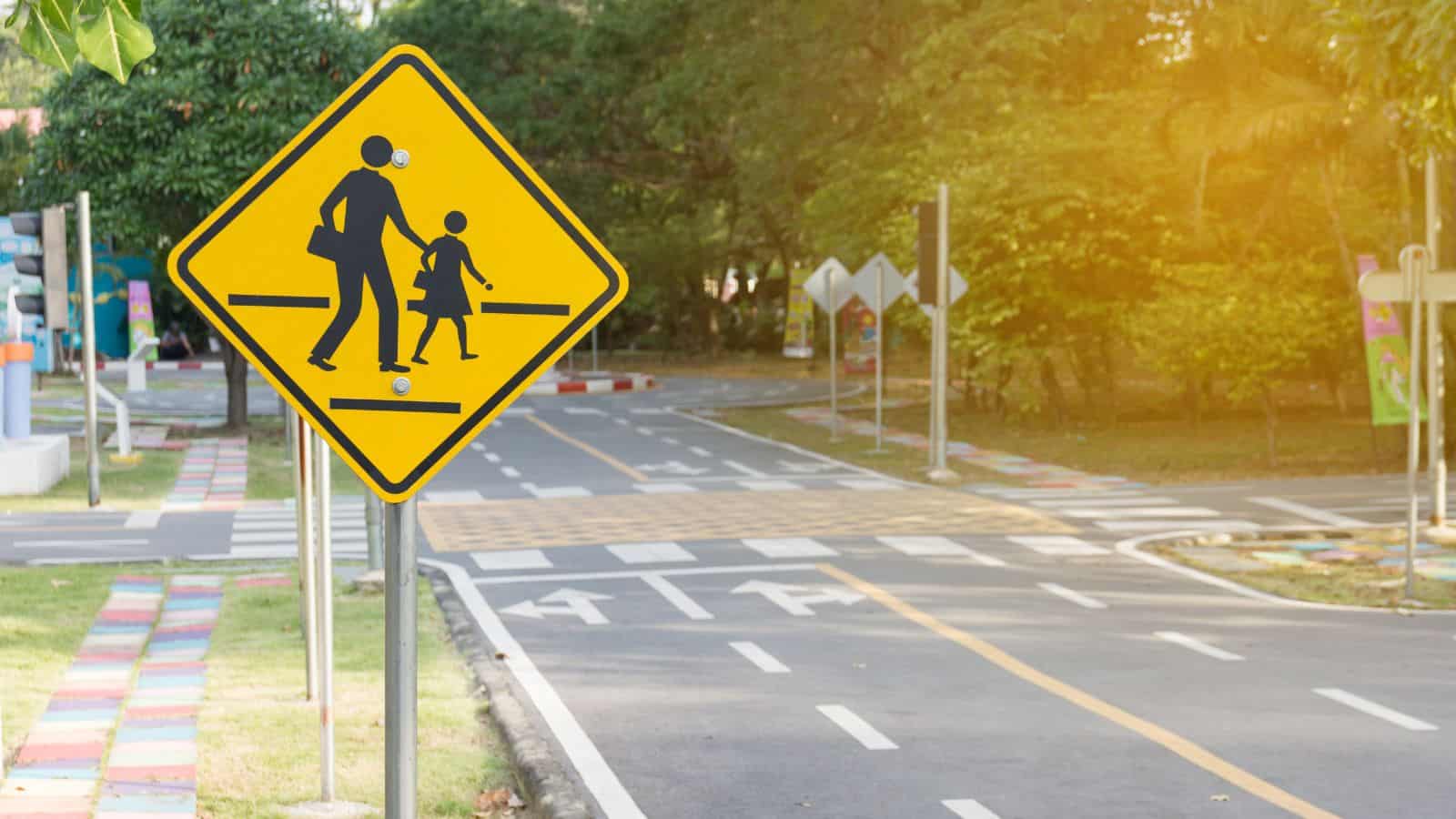
Pedestrian crossings are a vital safety feature, but they only work if people in cars respect them; far too often, cars speed through zebra crossings or fail to stop when people are clearly waiting to cross. This forces pedestrians to either hesitate or rush across, neither of which is safe.
Driving Too Fast in Rain
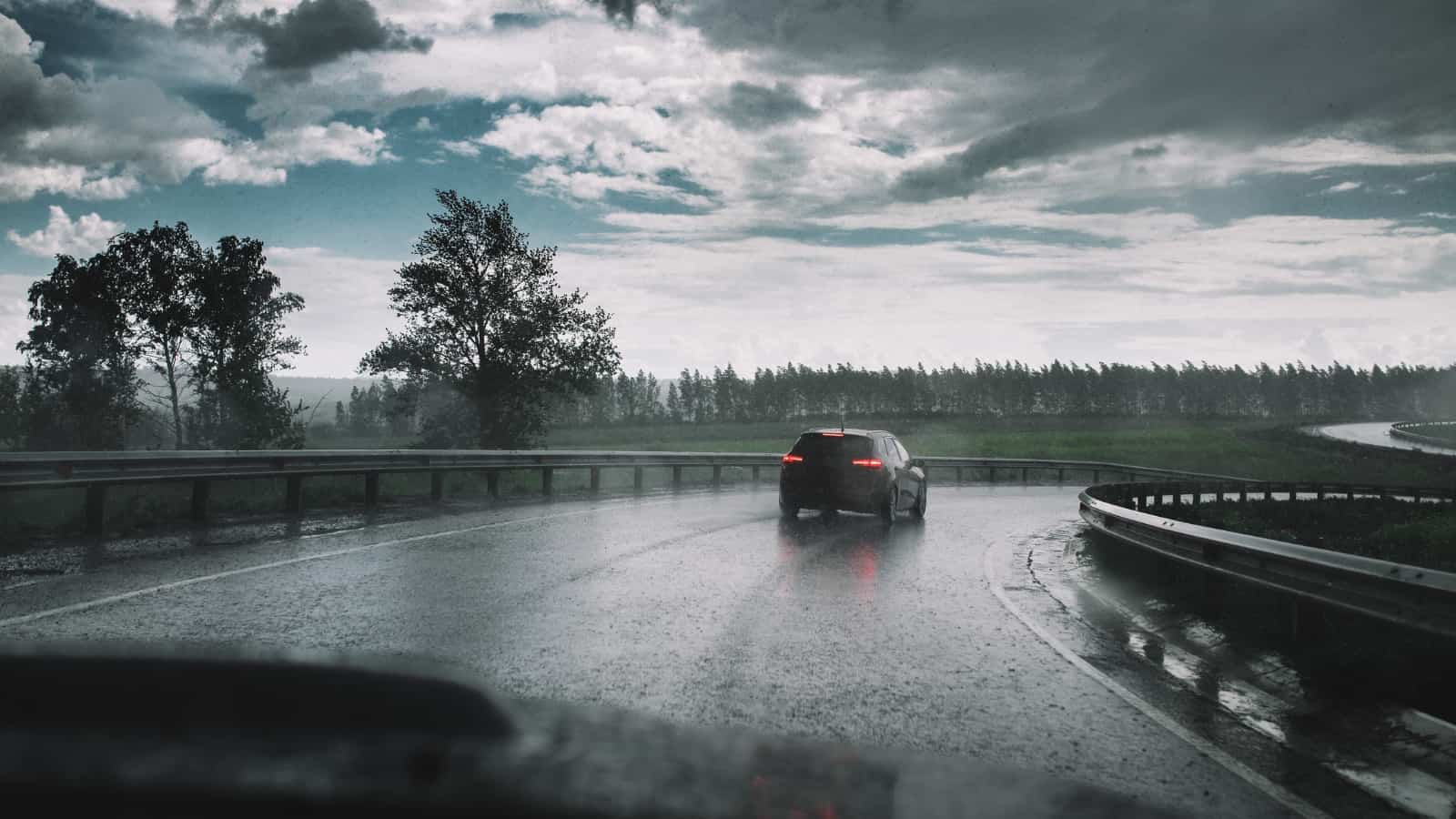
Rainy weather is a fact of life in Great Britain, and with it comes slippery roads and reduced visibility. Despite this, some drivers carry on as if the conditions are perfectly dry, speeding along without considering the longer stopping distances and increased likelihood of skidding.
Not Checking Blind Spots
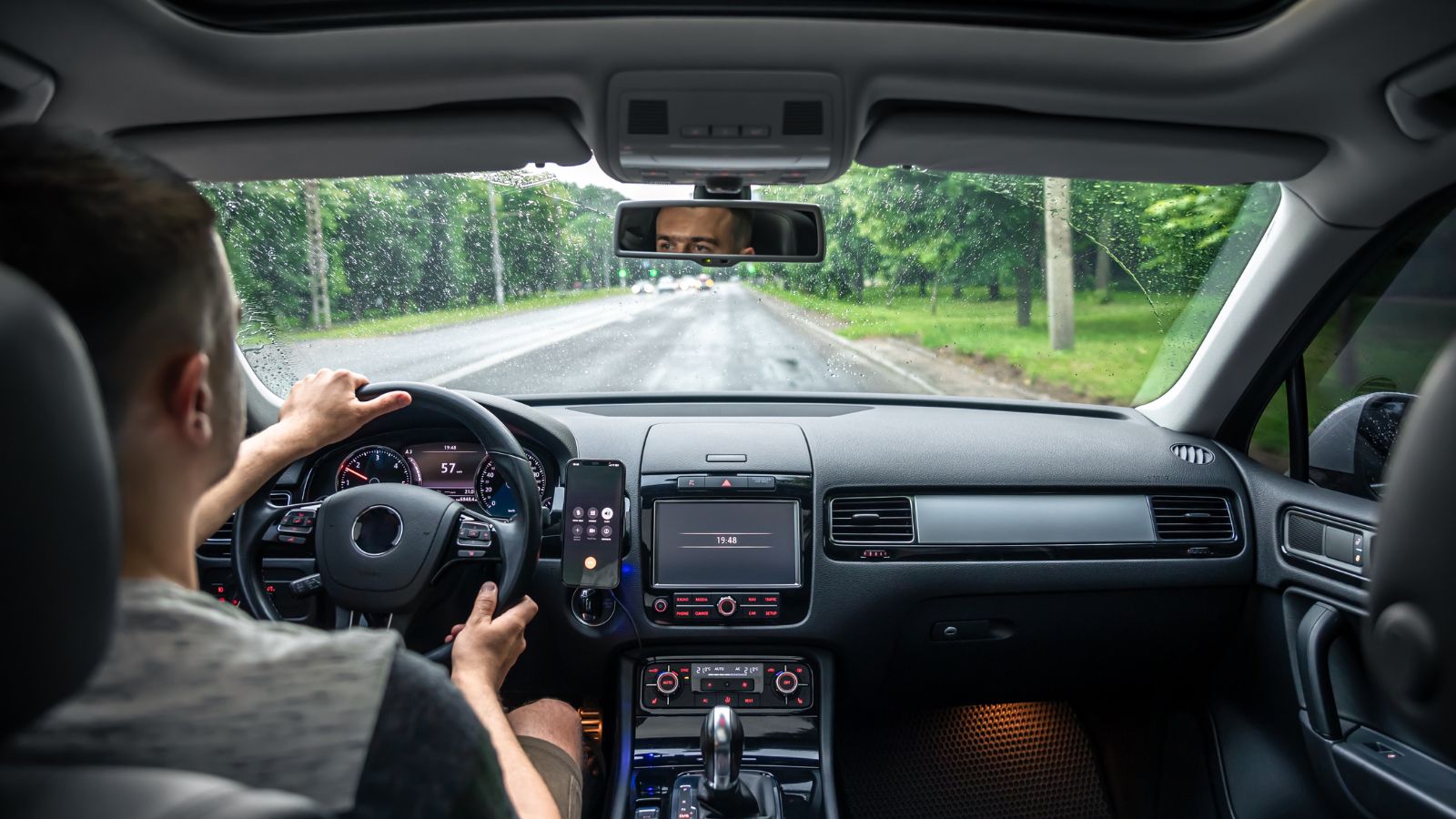
Blind spots are exactly what they sound like—areas your mirrors can’t show you—and failing to check them before changing lanes or turning is a common cause of accidents, particularly with cyclists and motorcyclists, who are harder to see. A quick glance over your shoulder is all it takes to ensure the space is clear, but many skip this step.
Leaving Lights On Full-Beam
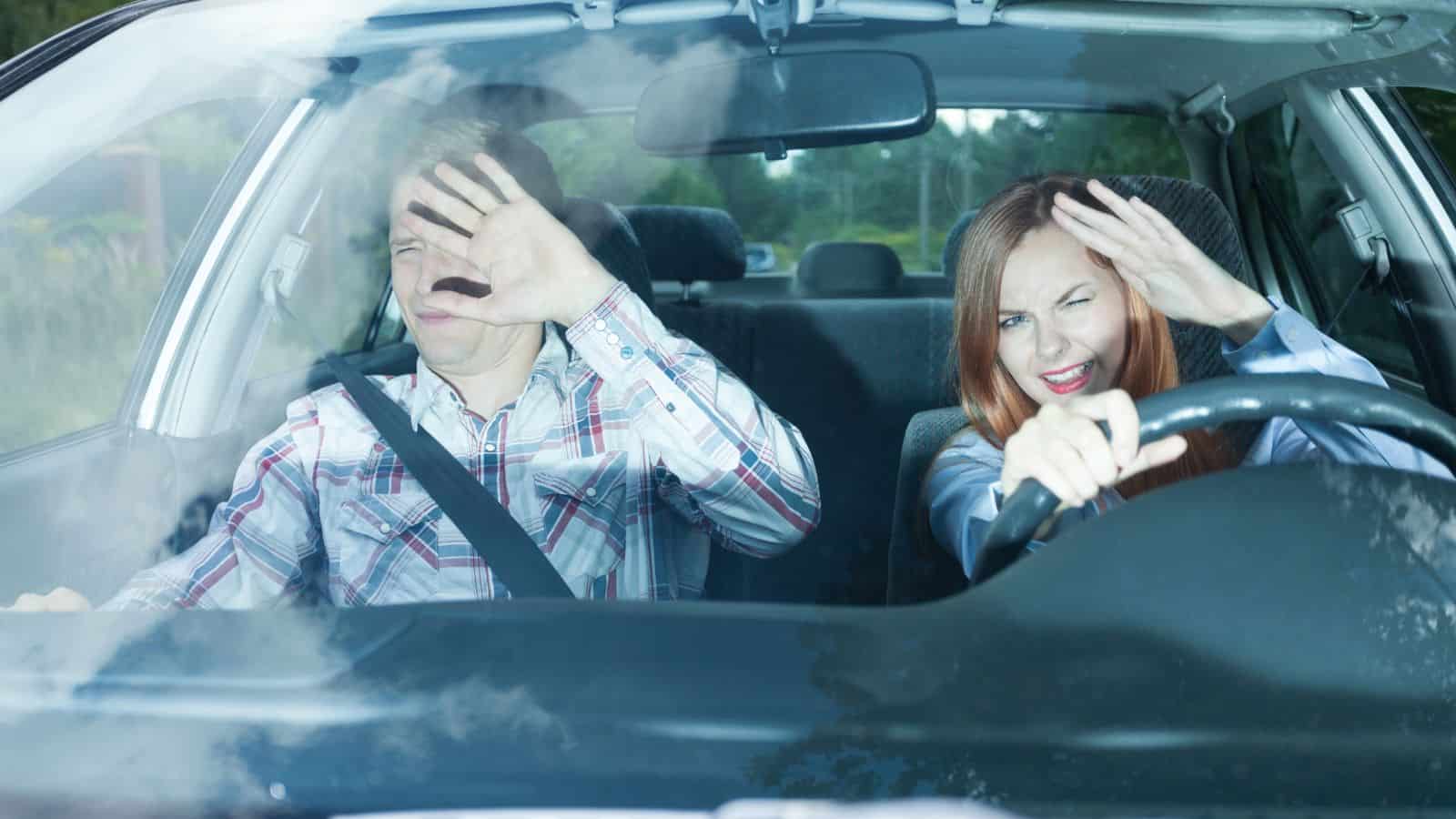
Is there anything more annoying—and dangerous—than being blinded by a car with its full beam aimed at you? Full-beam headlights are great for lighting up dark roads. However, forgetting to dip your lights when oncoming traffic approaches is not only inconsiderate but also dangerous—and it’s still just as bad when another car can see your high beams in their rearview mirror.
Driving Too Close Behind Other Cars
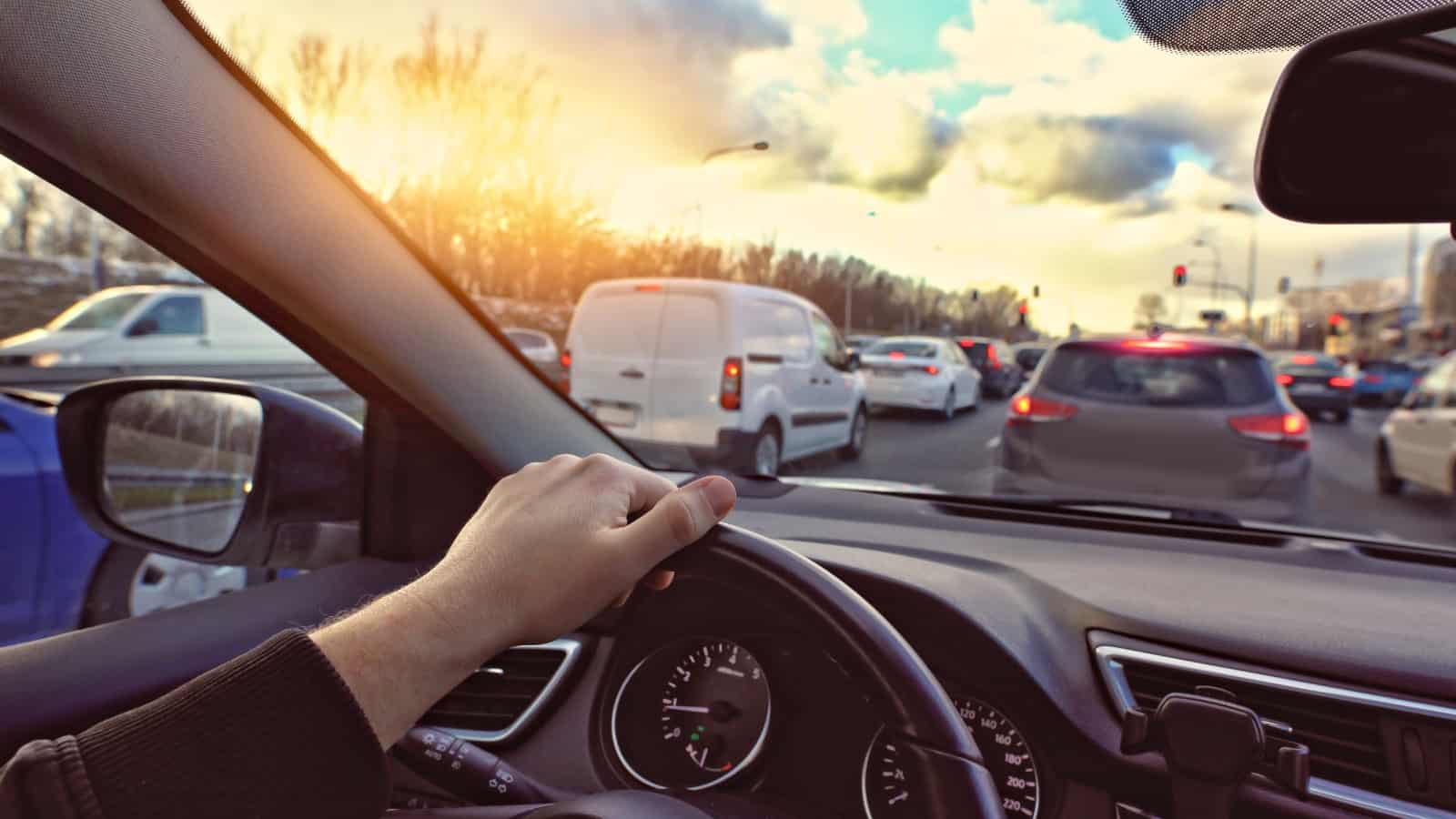
Most of us have been there: when an impatient car behind is practically pressed against our bumper. When you drive too close to the car in front, it leaves no room to react if they suddenly brake, making rear-end collisions almost inevitable, and on motorways, where speeds are higher, tailgating often leads to multi-car pile-ups.
Misusing Roundabouts

Misusing roundabouts—whether by failing to give way, sticking in the wrong lane, or cutting across other drivers—creates confusion and increases the risk of accidents. Taking the time to learn and respect roundabout etiquette is good driving, and remember it’s better to take your time and wait for an opening than rush across.
Overloaded Vehicles
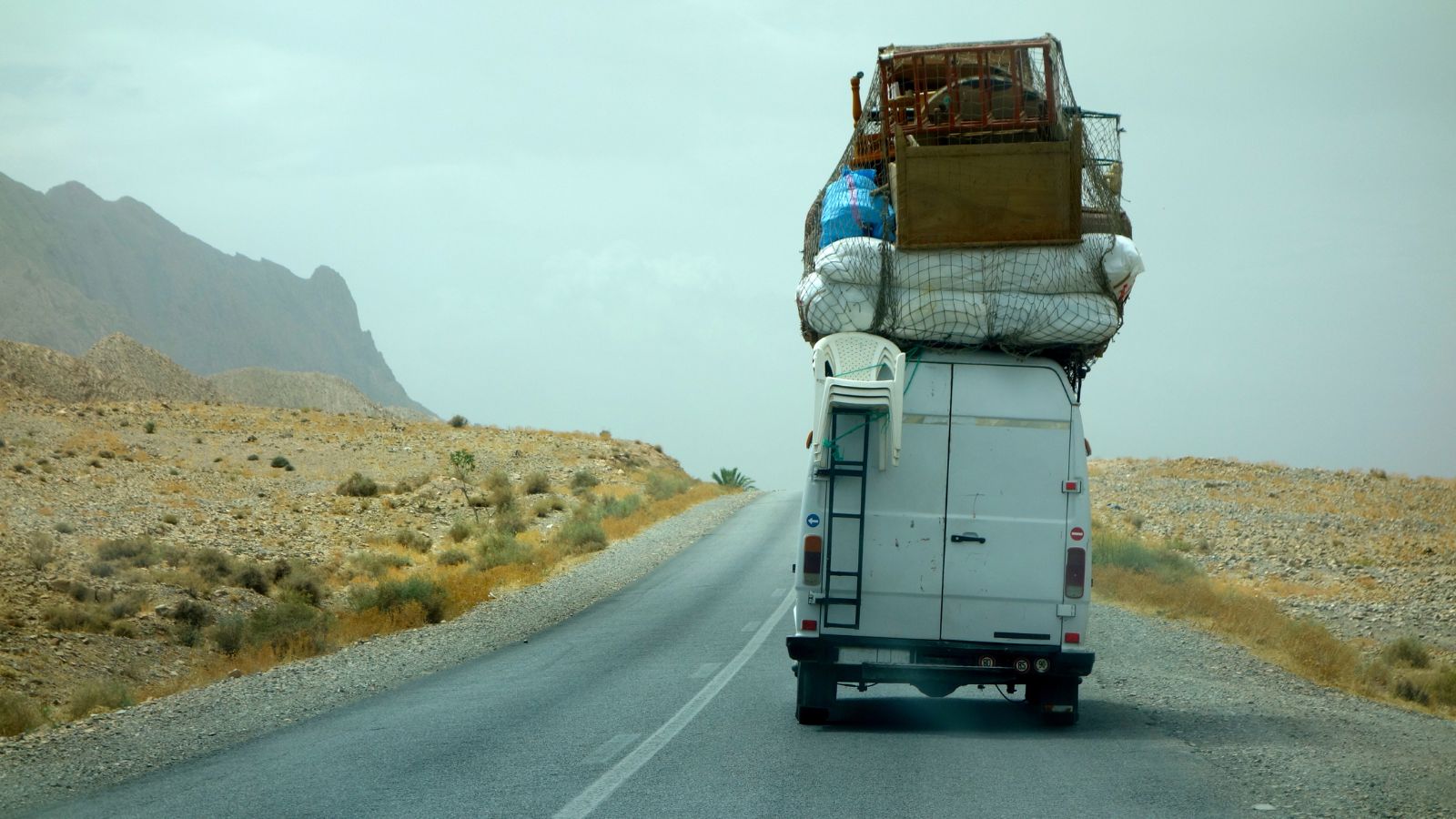
Packing too much into your car might seem harmless, but it can seriously affect how your vehicle handles and the main thing to remember is that overloading reduces braking efficiency.
This makes steering less responsive, and can even cause tyre blowouts, so be careful for your next family holiday with a roof box piled high.
Blocking Box Junctions
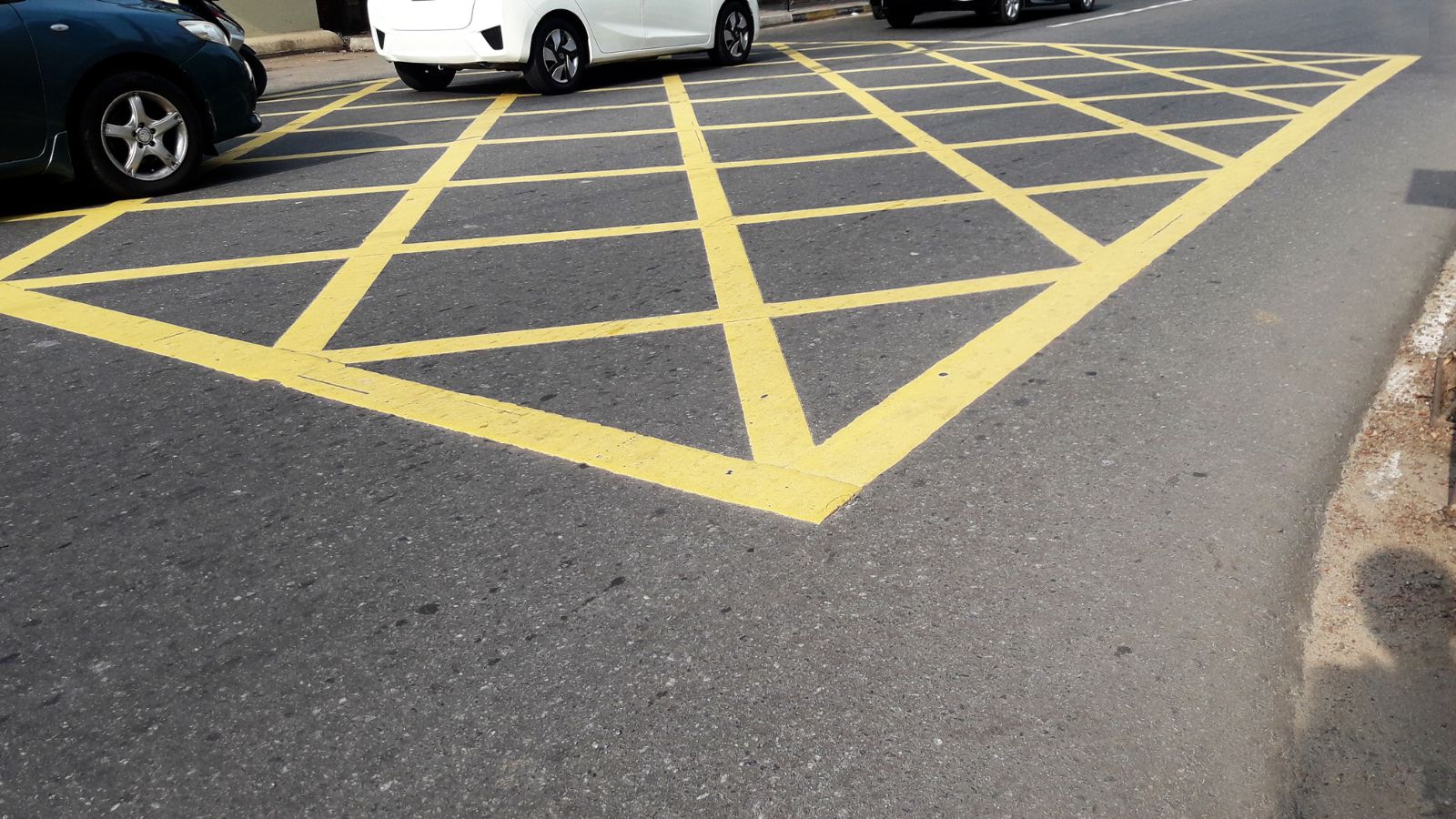
The bright yellow lines are there for a reason: to keep you from stopping in them so that traffic stays moving, but stopping in them does the opposite. Whether through impatience or inattention, blocking these yellow-marked areas creates congestion, not to mention that it’s also illegal.
Frosted Windows Aren’t Fully Cleared
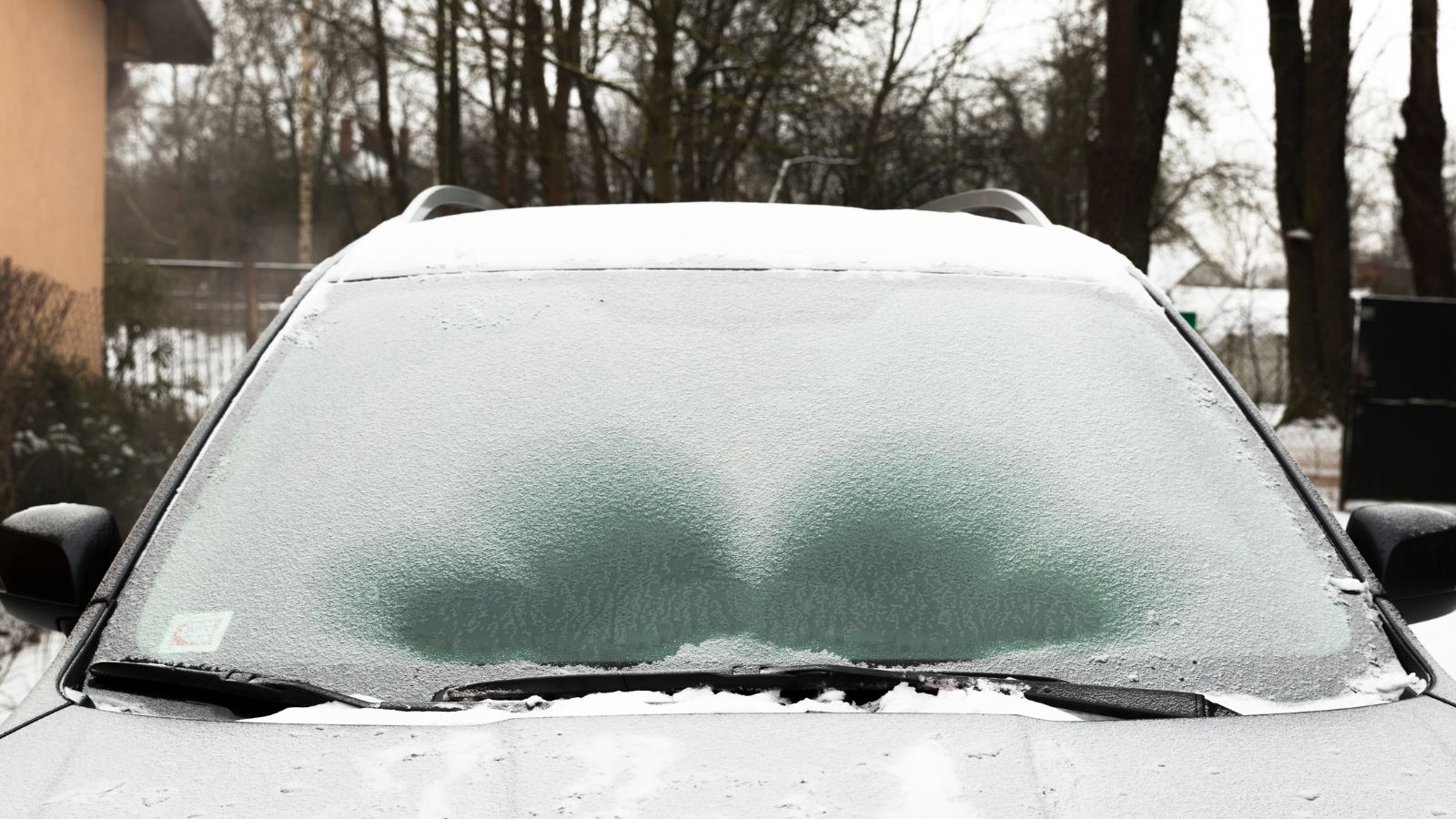
On frosty mornings, when you’re already late for work, the last thing you want to see is your windscreen completely iced over, and it’s tempting to defrost only enough to see instead of waiting. This might save a few minutes, but it severely limits visibility and creates blind spots, making accidents far more likely.
Overusing Horns

Horns are designed for emergencies, but some drivers treat them as a way to vent their frustrations; remember, excessive or inappropriate horn use can startle pedestrians and other drivers. Instead of leaning on the horn at every inconvenience, try to stay calm and use it only when absolutely necessary.
Parking on Pavements

Taking the time to find a proper parking space, even if it’s a bit further away, shows consideration for others and helps keep everyone safe, because parking on pavements might seem convenient for drivers, but it creates big problems for pedestrians.
People with pushchairs, mobility aids, or visual impairments are often forced into the road this way.
Driving Under the Influence
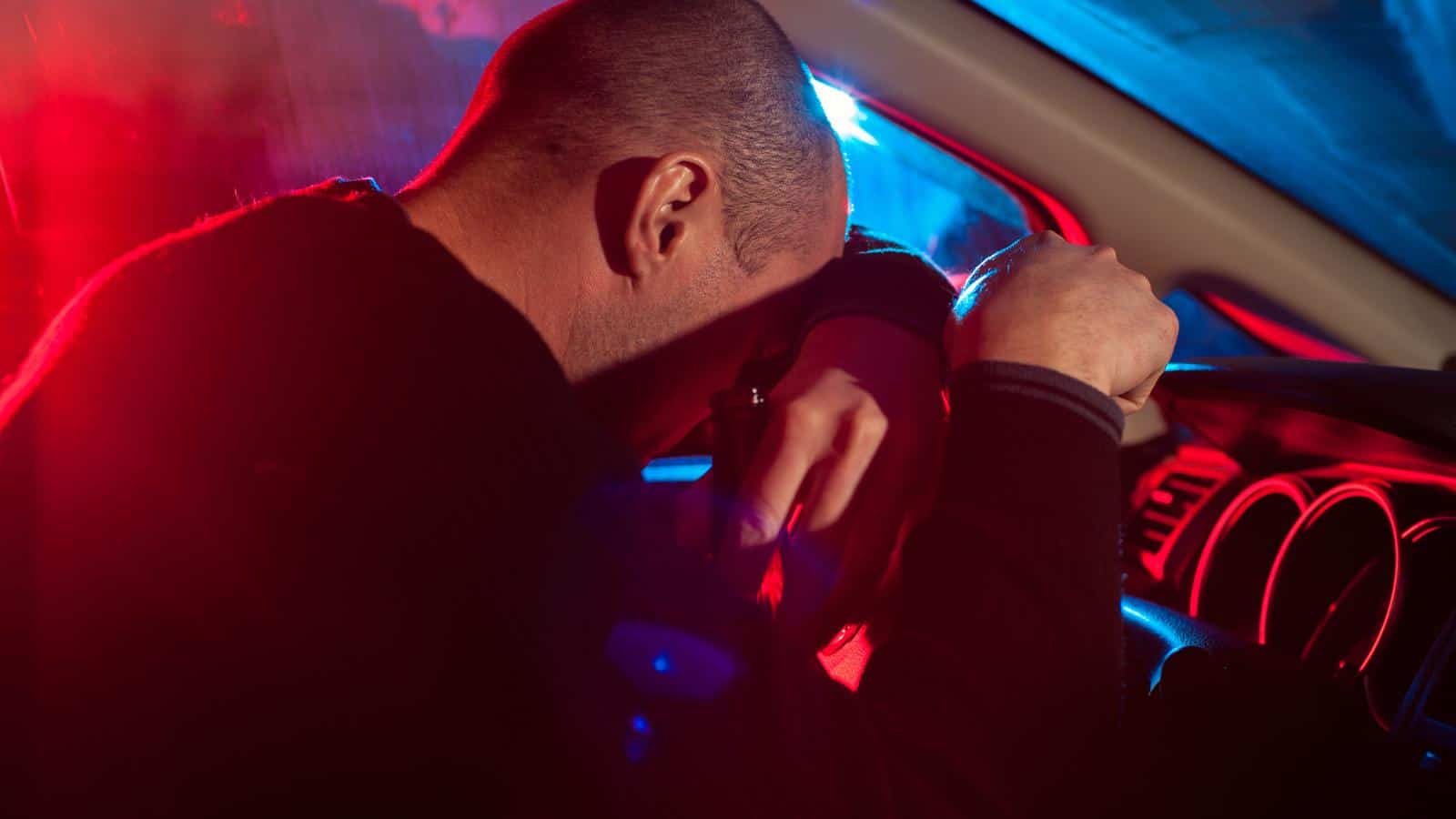
There’s no excuse for getting behind the wheel when under the influence of alcohol, drugs, or even some strong medications. Despite strict UK laws and widespread awareness campaigns, some drivers still take the risk, when alternatively, arranging a designated driver or using public transport is the safer option.

